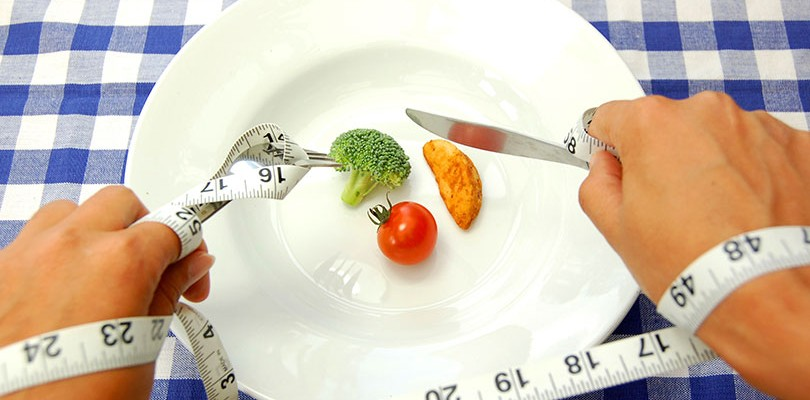High school is an influential social environment – a place where children are in constant comparison and competition with each other. It is also promoted as a safe space, but what if the two claims are unable to co-exist? The content of the curriculum in subjects such as dance, physical education and biology has been highlighted by many as a potentially dangerous mental health zone.
When I was in the early stages of my teenage years I valued Biology as a subject, considering it to be inherently useful and interesting. What I didn’t need, was for it to become an indicator of my health. BMI (Body Mass Index) is an equation used to determine body fat levels. I vividly remember sitting at my desk, palms slightly sweaty as my teacher announced that we would be calculating our own BMI, and then comparing our results with each other. As an adult, I can quite easily perceive this as a recipe for disaster. As a child, it was an infiltration of social pressures into my own mind, and those of my peers. The crucial fact about BMI is that it can overestimate body fat levels and categorise you as overweight when you are not; unable to differentiate between body fat and muscle. This alone should be cause for alarm in the teaching community. For the oblivious parental community, I can only begin to imagine the worry that might accompany the truth of the curriculum.

By falsely mislabelling children we are putting a pressure on them to escape a category, sometimes presenting itself as abnormal eating habits and weight control behaviours. Childhood obesity is an issue that has been nationally acknowledged, but tackling it in a non-private, competitive environment such as a classroom has the potential to be detrimental to the mental health conditions of children. Not only that, but even when correctly labelled in an overweight category, I fail to see how pointing that out to adolescents alone is going to be helpful. More often than not, children have little control over their diets, their weight a result of parental decision making. There is therefore nothing they can do with a BMI label, except worry. BMI is one, misguided factor that attributes to health classification, but some teachers are selling it to children as a sole determinate. It is not necessary or relevant to teach vulnerable teenagers this at such an important time in their lives. And it is certainly not moral to force them to learn by turning the equation onto their own bodies.
Absolutely ban BMI screenings in schools everywhere. Such a dangerous and pointless practice. #WeDoAct2017 https://t.co/hv1CZqjajt
— Evelyn (@SterlingJoy94) June 3, 2017
In addition to obesity indicators in biology, there is an epidemic of ‘food diaries’ in physical education and dance. Essentially, a day-by-day description of diet, every calorie handed to a teacher and compared with those of your peers. These practises push children to purposely miss items from their diaries to fit in with the unrealistic lists of their friends and classmates. As a consequence, food groups (even those as important as carbohydrates) are skipped altogether. It turns healthy eating into a low calorie competition, and fuels disordered eating in teenagers.
By treating certain foods and weights as negative, we are stigmatising the word ‘fat’. We are teaching children to avoid that label at all costs, but not because of the health risks associated. Children are afraid to be overweight not because of what the doctor might tell them, but because of what society might tell them. Mental health is deteriorating in the classroom due to a fear of societal judgement.
The supposed role models that stand in front of future generations and teach them how to approach everyday life are promoting the opposite of what they intend – an unhealthy lifestyle. There is a major difference between the general promotion of a balanced diet and physical activity, and singling children out as obese in front of a crowd, or grading them based on a catalogue of their calories. The school system (in parts) is fighting obesity by pressuring children to look into the mirror and at their fellow classmates. To compare and compete. To agonize over a slice of bread or a piece of cake. To worry, and in turn to act on those worries. To transform a ‘safe space’ into a breeding ground for dangerous mental health.
Emily Merrill
Image Credit: https://www.ukat.co.uk/eating-disorders/chewing-and-spitting

